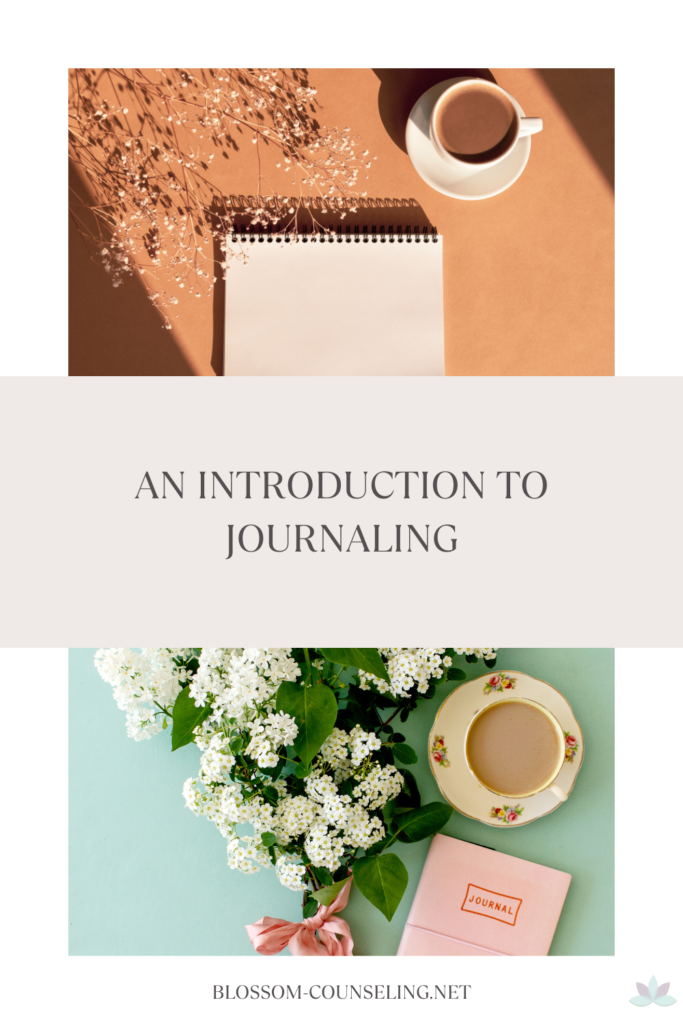
Making decisions can be tough, especially when there are several options to choose from. Sometimes, we tend to make hasty decisions, without carefully considering the possible outcomes. This is where the 10-10-10 rule comes in – a simple strategy that can help us make better decisions.
What is the 10-10-10 Rule?
The 10-10-10 rule is a decision-making strategy developed by Suzy Welch. According to this rule, before making a decision, we should consider how we will feel about it in 10 minutes, 10 months, and 10 years. This simple strategy can help us gain perspective on our decisions and consider the potential consequences.
How Can the 10-10-10 Rule Help Make Better Decisions?
The 10-10-10 rule is designed to help us make more thoughtful and informed decisions. It encourages us to take a step back and consider the potential consequences of our choices, not just in the short-term, but also in the long-term. By asking ourselves how we will feel about a decision in 10 minutes, 10 months, and 10 years, we can gain a better understanding of the potential outcomes and make a more informed choice.
The 10-10-10 rule helps us avoid making decisions that might provide immediate gratification but have negative long-term consequences. For example, if you are considering eating a large piece of cake, you might feel great in the moment, but you might regret it later when you think about how it will affect your health in 10 months or 10 years. Similarly, if you are considering quitting your job, you might feel relieved in the moment, but you might regret it later when you think about how it will affect your career in 10 months or 10 years.
The 10-10-10 rule can also help us gain perspective on our decisions. Sometimes, we tend to blow small decisions out of proportion and make them seem more significant than they are. The 10-10-10 rule can help us put things into perspective and realize that some decisions are not as important as we think they are. It can also help us make decisions that align with our long-term goals and values.
When Should You Use the 10-10-10 Rule?
The 10-10-10 rule can be used for any decision, big or small. Whether you are deciding what to eat for lunch or considering a major life change, the 10-10-10 rule can help you make a better decision. It is particularly useful for decisions that might have long-term consequences, such as decisions related to health, finances, or relationships.
For example, if you are considering buying a new car, you might be tempted to go for the one that looks the best or has the most features. However, by using the 10-10-10 rule, you can consider how you will feel about the car in 10 minutes, 10 months, and 10 years. Will the car still be practical and meet your needs in 10 years? Will you regret spending so much money on it in 10 months? By considering these factors, you can make a more informed decision that aligns with your long-term goals.
Decision-making can be challenging, but the 10-10-10 rule is a simple strategy that can help you make better decisions. By considering how you will feel about a decision in 10 minutes, 10 months, and 10 years, you can gain perspective and avoid making decisions that might have negative long-term consequences. So the next time you are faced with a decision, try using the 10-10-10 rule and see how it can help you make a better choice.
|
|




